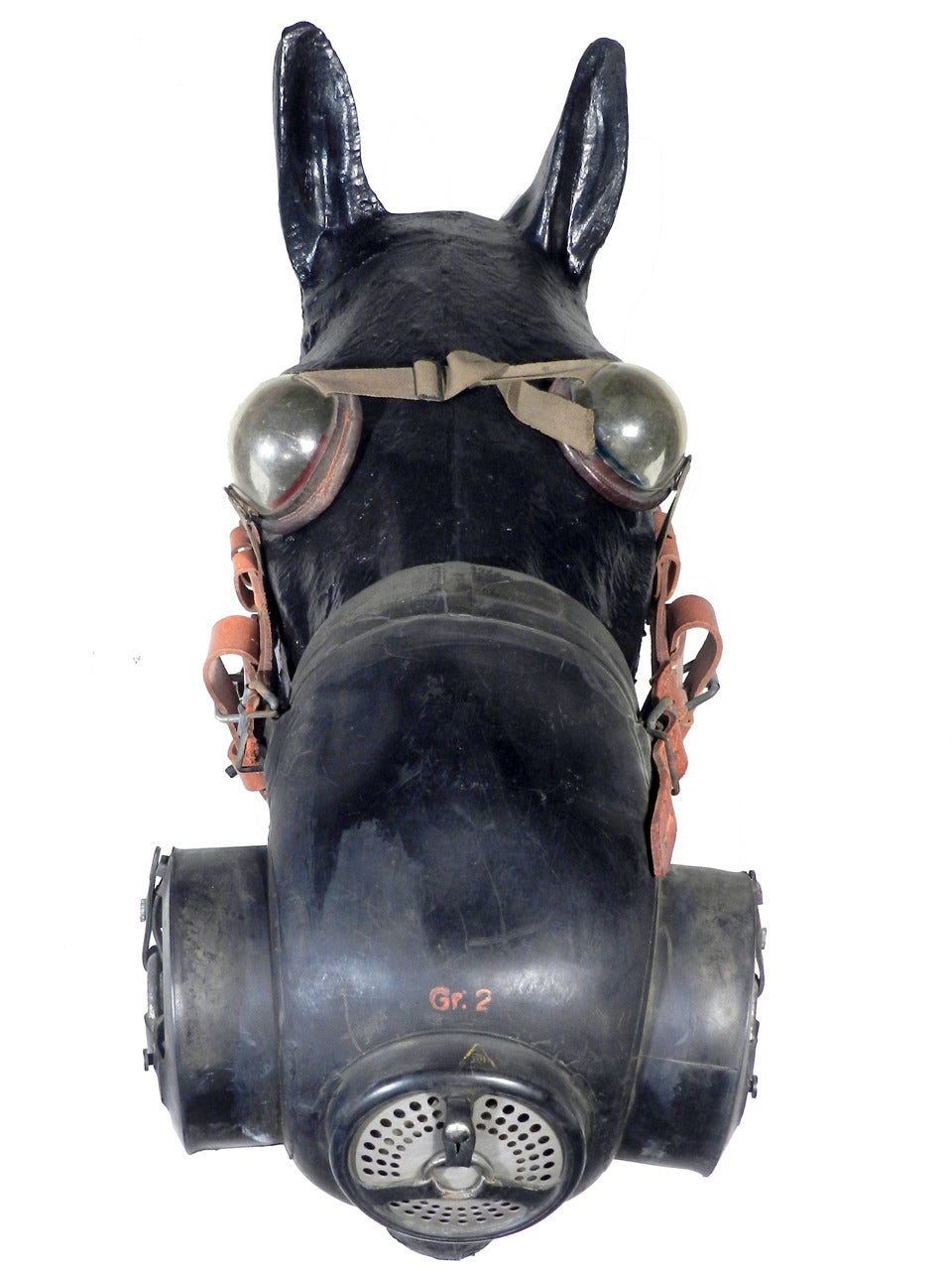

The eerie green-yellow tendrils seemed to slither over the battlefield, filling the crevices, craters and trenches, before passing through two French On a sunny 22 April 1915, the Germans released their gas cloud, some 10 km long and almost 1 km deep. Trained soldiers, creating a cloud of chlorine that would be blown by strong winds over the enemy lines.

Transported to the front in steel canisters, the gas would be released by specially Opposite the British, French and Dominion troops, the Germans were indeed waiting for proper weather conditions to unleash chlorine gas, in the hope of breaking the deadlock. No one was certain what the new gas might be, or how it would affect soldiers, so little was done to defend The Germans had launched tear gas attacks on both the Western and Eastern Fronts earlier in the war, but to little effect. In April, the Canadians were moved to the Ypres front in Belgium, east of the shattered city, in the large salient that jutted into enemy lines.īy mid-April 1915, British High Command had been warned by their spies that the Germans were planning to unleash poison gas. Dozens of Canadians were killed or wounded, usually from sniper fire, as they mucked through shallow The Canadian Division arrived in France in February 1915 and so missed the early battles however, it soon experienced the realities of trench warfare.
#GERMAN CAVALRY WW1 GAS MASK HOW TO#
Warfare.) The opposing armies faced off against each other along the Western Front, unsure of how to advance in the storm of steel. The ditches became trenches and then expanded into trench systems, eventually running some 700 km from Switzerland to the North Sea. The front stalemated by the end of 1914, with soldiers digging deep to escape the rain of shells and bullets. Rapid-firing artillery, modern rifles, and machine guns resulted in devastating losses during advances over open ground ( see Armaments).

During the first weeks of battle this was the case, with German troops marching through BelgiumĪnd sweeping downwards into France as they followed the Schlieffen Plan. World War, generals expected the war on the Western Front would be one of marching troops, thrusting cavalry and fast-paced action in a campaign of movement.


 0 kommentar(er)
0 kommentar(er)
